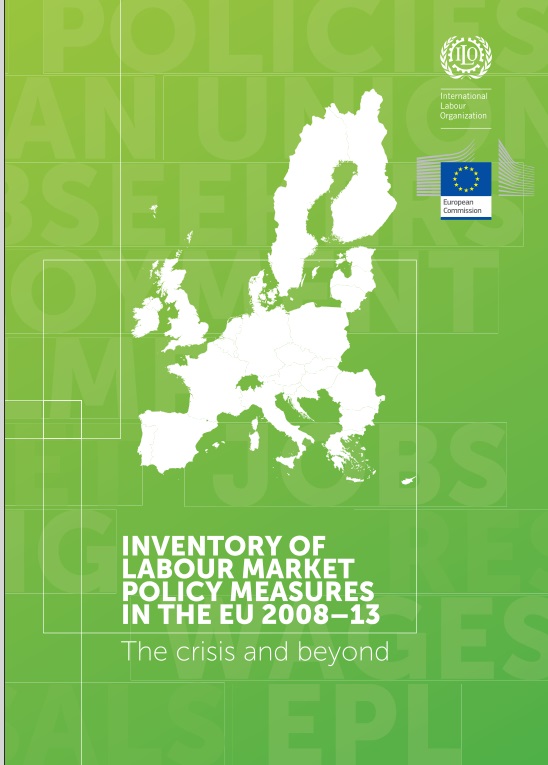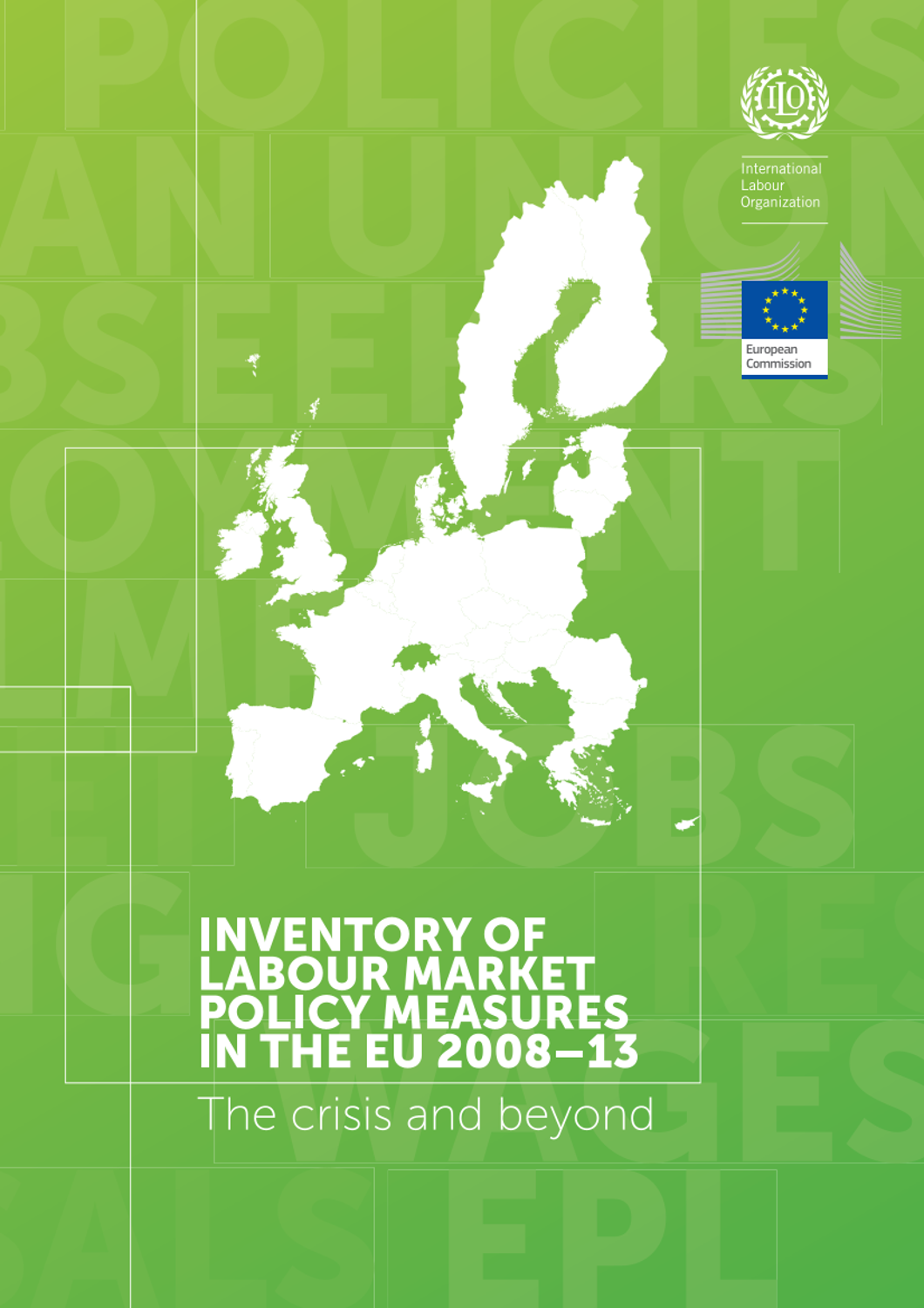
연구보고서
Inventory of labour market policy measures in the EU 2008–13: The crisis and beyond
- 청구기호
- Report 2015-12
- 발행사항
- Geneva : ILO, 2015
- 형태사항
- 141 p :. PDF file ;. 4,910 KB
- 서지주기
- Includes bibliographical references and annexes
- ISBN
- 9789221302476
- 키워드
- Labour market policy, Economic recession, Employment, Unemployment, Wages, Public sector, Public expenditure, EU countries
- 바로가기
소장정보
| 위치 | 등록번호 | 청구기호 / 출력 | 상태 | 반납예정일 |
|---|---|---|---|---|
이용 가능 (1) | ||||
| E0002536 | 대출가능 | - | ||
이용 가능 (1)
- 등록번호
- E0002536
- 상태/반납예정일
- 대출가능
- -
- 위치/청구기호(출력)
책 소개
Policy-makers reacted quickly to the crisis, with a balanced approach with respect to the main beneficiaries of those policy efforts. While a significant share of policies enhanced the rights of workers and increased the support offered to jobseekers, there was also significant effort dedicated to policy measures in which firms were the main beneficiary. After peaking in 2009/2010, however, these policy efforts decreased significantly thereafter.
Most of the attention of policy-makers went towards structural labour market reforms, together with interventions changing ALMP or wage rules, including collective bargaining.
The report highlights the need for constant and continuous dedication to the improvement of the resilience of labour market by policy-makers, even if this requires higher levels of public expenditure in the short term. A combination of policy measures which provide employers with enough flexibility to adjust their demand for labour together with interventions that improve working conditions and increase the support given to jobseekers will provide the only path for policy-makers across the EU to enable labour markets to recover from their current sluggish state and resume a pattern of sustainable employment growth and improving working conditions.
목차
Acknowledgements 11
Introduction 13
1. Inventory overview 15
2. Labour market regulation 23
2.1 Non-standard employment 26
2.1.1 Part-time employment 28
2.1.2 Self-employment 29
2.1.3 Fixed-term employment 30
2.1.4 The drivers of non-standard employment policy measures 31
Monograph examples 32
2.2 Dismissals 35
Monograph examples 38
2.3 Labour market regulation: Other categories 39
Monograph examples 40
2.4 Concluding remarks 41
3. Active labour market policies 43
3.1 Public expenditure distribution across ALMP categories 47
3.2 Public Employment Services 52
Monograph examples 53
3.3 Training 54
Monograph examples 57
3.4 Employment incentives 58
Monograph examples 60
3.5 Direct job creation 62
3.6 ALMPs targeting youth and migrants 64
Monograph examples 66
3.7 The impact of ALMPs 68
3.8 Concluding remarks 70
4. Unemployment benefits 71
4.1 Unemployment benefits measures and trends 71
Monograph examples 79
Little change in Germany since the Hartz IV reform 80
The 2014 unemployment benefits reform in the Netherlands 80
The unemployment insurance system reforms in France 81
Changes in unemployment benefits in the United Kingdom 83
Two-phase changes in Spain’s unemployment benefits system 84
The case of Greece 85
The Fornero reform in Italy 85
I reland’s efforts to reduce the costs of unemployment benefits 86
Changes in the unemployment insurance scheme in Latvia 87
4.2 Concluding remarks 88
5. Wages 91
5.1 Wage measures and wage trends 91
Monograph examples 94
5.2 Collective bargaining 96
5.2.1 Trends in collective bargaining 96
Monograph examples 98
5.2.2 Wage impacts of collective bargaining 100
5.3 Minimum wage 102
5.3.1 Minimum wage and wage indexation trends 102
5.3.2 Impact of minimum wages 104
Monograph examples 107
5.4 Concluding remarks 108
6. Public sector 111
6.1 Public sector and public administration measures and trends 111
Monograph examples 118
6.2 Concluding remarks 119
Conclusion 121
Annexes
A. Inventory user guide 127
B. Technical appendix 130
(ⅰ) Partial rank correlations 130
(ⅱ) Methodology 132
(ⅲ) Robustness checks 134
C. The ILO inventory and other databases 135
(ⅰ) The inventory and the LABREF database 135
(ⅱ) Fixed-term employment 139
(ⅲ) Dismissals 141
D. The ILO inventory and the political cycle 142
E. Croatia 144
F. List of country acronyms (EU-28) 146
References 147


